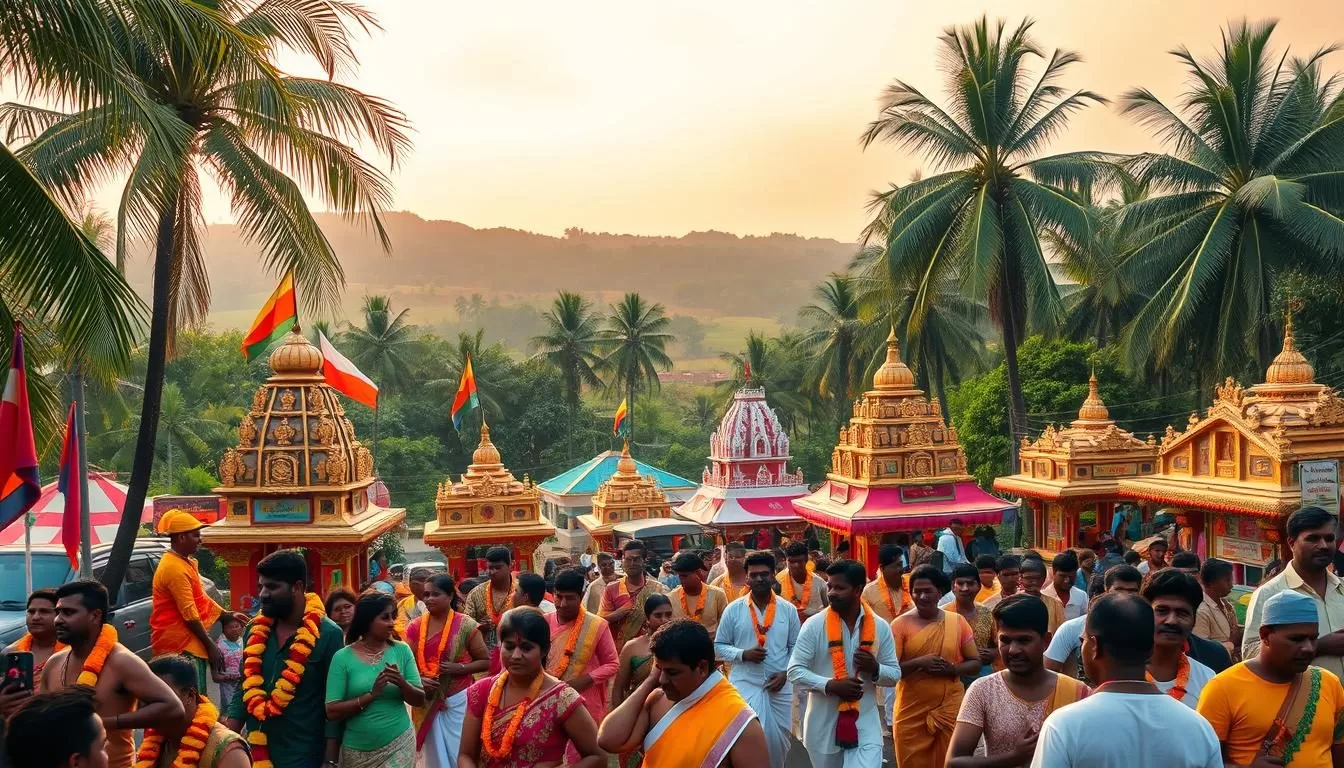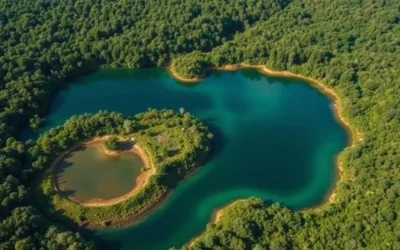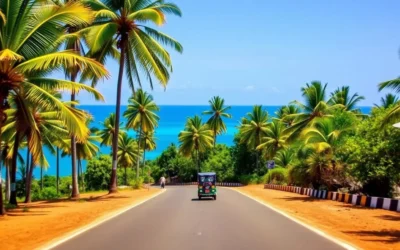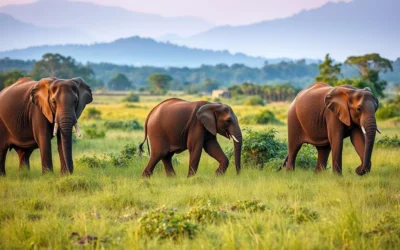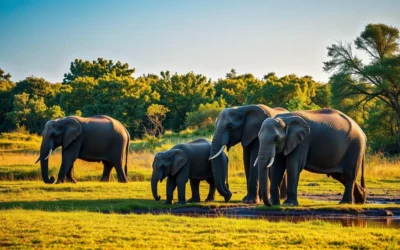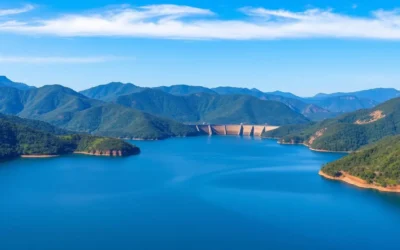✓ Accommodations✓ Flights✓ Rental Cars✓ Tours & Activities
Imagine immersing yourself in a country where every month brings a new celebration, a new festival, and a new opportunity to experience the rich cultural heritage of Sri Lanka. With a 38.721% surge in online searches for ‘Sri Lanka cultural events’ over the past year, it’s clear that travelers are increasingly drawn to this island nation’s vibrant traditions and customs.
As you plan your visit, you’ll discover that Sri Lanka’s festivals are more than just events – they’re a window into the country’s multi-religious society, showcasing Buddhist, Hindu, Muslim, and Christian traditions. From colorful decorations to mesmerizing processions and performances, these festivals offer a unique glimpse into the country’s history, spirituality, and community values.
Whether you’re looking to experience the local culture firsthand or simply want to witness the spectacle of these celebrations, Sri Lanka’s year-round festivals promise an unforgettable experience.
The Cultural Tapestry of Sri Lankan Festivals
With a multitude of celebrations throughout the year, Sri Lanka’s festivals are a testament to its cultural richness. The island nation hosts more festivals than almost any other country, with events happening every month.
These festivals represent Sri Lanka’s multi-religious society, including Buddhist, Hindu, Muslim, and Christian traditions. They form a rich cultural tapestry that reflects the island’s diverse religious and ethnic heritage.
| Aspect | Description | Significance |
|---|---|---|
| Cultural Diversity | Blend of Buddhist, Hindu, Muslim, and Christian traditions | Reflects the island’s multi-religious society |
| Artistic Expression | Music, dance, and visual arts | Blends religious devotion with artistic expression |
| Lunar Calendars | Many festivals follow lunar calendars | Creates a unique rhythm to the year |
| Community Gatherings | Festivals serve as important community gatherings | Highlights themes of renewal, gratitude, and community |

The significance of these celebrations in Sri Lankan daily life is profound, serving as both important community gatherings and spiritual observances. By experiencing these festivals, you gain insights into Sri Lanka’s values, which recur throughout different celebrations.
Sinhala and Tamil New Year – April

As you plan your trip to Sri Lanka in April, you shouldn’t miss the vibrant celebrations of the Sinhala and Tamil New Year. This significant cultural event, also known as Aluth Avurudda, marks the traditional New Year in Sri Lanka and is observed by both Sinhala Buddhists and Tamil Hindus.
Cultural Significance and Traditions
The Sinhala and Tamil New Year celebration signifies the end of the harvest season and the beginning of the solar new year in April. It’s based on astrological timings, with specific times designated for various activities based on favorable planetary positions. You can experience the rich cultural heritage by participating in the preparation rituals, such as cleaning homes, preparing traditional sweets like kiribath (milk rice) and kokis, and purchasing new clothes.
What to Expect as a Visitor
As a visitor, you can expect to be part of the joyous festivities, including traditional games like pillow fights, tug-of-war, and climbing greased poles. You can also witness family-centered activities like anointing oil on family members’ heads as blessings, exchanging gifts, and visiting relatives. The celebration is a unique opportunity to immerse yourself in Sri Lankan culture and create memorable experiences.
Vesak Poya – May

If you’re planning to visit Sri Lanka in May, you shouldn’t miss Vesak Poya, a vibrant celebration honoring Buddha’s life. This significant Buddhist festival commemorates three pivotal events in Gautama Buddha’s life: his birth, enlightenment, and passing away (Parinirvana).
The Festival of Lights and Its Meaning
Vesak Poya is celebrated on the full moon day of the lunar month of Vesak, usually in May. Streets, homes, and temples are decorated with colorful lanterns (Vesak kuudu) and tiny clay oil lamps, creating a breathtaking visual spectacle. The tradition of pandals (thoranas) – large illuminated structures depicting stories from Buddhist Jataka tales – adds to the festive atmosphere.
Best Places to Experience Vesak
For a memorable Vesak experience, head to Colombo for spectacular light displays or Kandy for traditional temple observances. Visitors can also participate in the practice of dana (giving) by visiting free food stalls (dansalas) set up across the country. When visiting temples, remember to dress modestly and behave respectfully around religious sites.
Kandy Esala Perahera – July/August

The Kandy Esala Perahera is not just a festival; it’s an experience that embodies the spirit of Sri Lanka’s rich cultural heritage. Celebrated annually on the full moon day in July or August, this grand festival pays homage to the sacred tooth relic of Gautama Buddha enshrined in the Temple of the Tooth.
The Sacred Tooth Relic Procession
The highlight of the Kandy Esala Perahera is the Sacred Tooth Relic Procession, a majestic display of elaborately decorated elephants, traditional Kandyan dancers, whip-crackers, and fire-dancers. The festival spans ten days, beginning with the Kap Situveema ritual and culminating in the grand final night procession. The Tooth Relic Perahera is part of the five separate peraheras that make up the complete festival, housing Buddha’s sacred tooth relic.
Visitor Tips for the Perahera
To make the most of your visit, plan ahead to secure a good viewing spot. Dress modestly and be prepared for the crowds. Understanding the cultural significance of the various performers and elements within the procession will enrich your experience. The Kandy Esala Perahera is a spectacle that showcases the best of Sri Lankan culture, with its vibrant dancers and majestic elephants.
Poson Festival – June

As you explore Sri Lanka’s rich cultural heritage, the Poson Festival stands out as a celebration of the country’s Buddhist roots. This significant festival commemorates the introduction of Buddhism to Sri Lanka in the 3rd century BC, making it a pivotal moment in the island’s history.
The Birth of Buddhism in Sri Lanka
The Poson Festival honors the arrival of Arahat Mahinda, who brought Buddhist teachings to the island. This event is celebrated on the full moon day of June, highlighting the importance of lunar cycles in Sri Lankan Buddhist observances.
Mihintale Celebrations
During Poson, Mihintale, the sacred mountain where Arahat Mahinda first met King Devanampiyatissa, becomes a focal point of celebrations. Pilgrims climb the 1,840 steps to the summit, visiting ancient temples and stupas, making it a truly immersive experience.
Thai Pongal – January
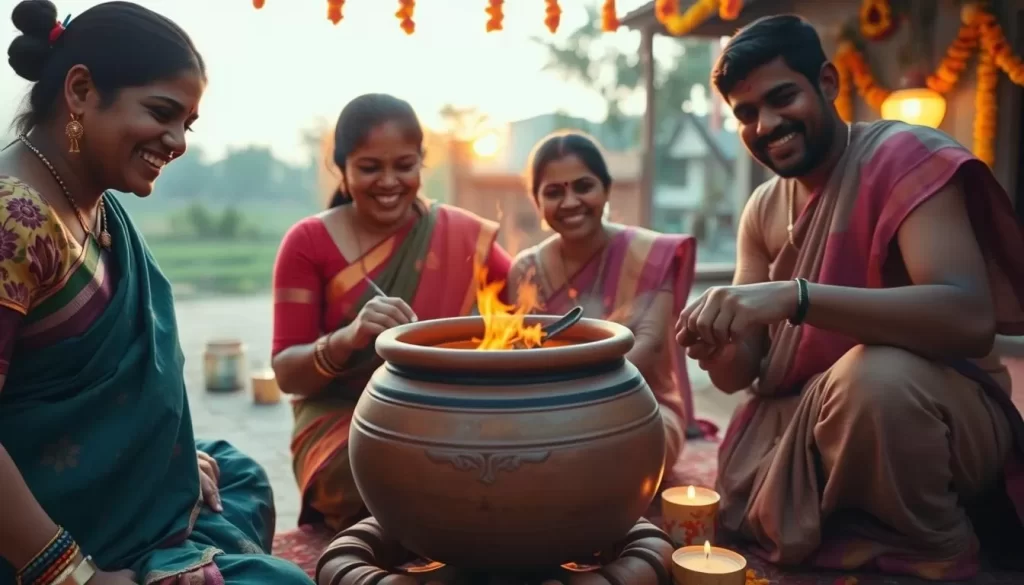
Celebrated in mid-January, Thai Pongal is a significant Hindu festival in Sri Lanka, marking a time of harvest and thanksgiving. It’s a moment when the Tamil community comes together to express gratitude to the Sun God for a bountiful harvest.
Harvest Festival Traditions
Thai Pongal is deeply rooted in agricultural significance, serving as a thanksgiving festival for Tamil Hindus in Sri Lanka. The central ritual involves boiling “pongal,” a sweet rice dish, in a new clay pot until it overflows, symbolizing abundance and prosperity. Homes are cleaned and decorated with kolam (rangoli) patterns made from rice flour, and the cooking area is set up in view of the sun.
Experiencing Thai Pongal as a Tourist
As a tourist, you can respectfully observe or participate in Thai Pongal celebrations by visiting Hindu temples and, if invited, joining family celebrations. This festival is a three-day event: Bhogi Pongal honors Lord Indra, Thai Pongal is dedicated to the Sun God, and Maatu Pongal honors cattle. The cultural significance of the sun in Tamil Hindu tradition is highlighted through these rituals, aligning with the solar calendar.
By participating in or observing Thai Pongal, you’ll gain a deeper understanding of Sri Lanka’s rich cultural heritage and the importance of the harvest season to the Tamil community.
Duruthu Perahera – January

The Duruthu Perahera, held in January, is a unique cultural experience in Sri Lanka that you shouldn’t miss. It’s a significant Buddhist festival that commemorates Lord Buddha’s first visit to Sri Lanka in the 6th century BCE.
Buddha’s First Visit Commemoration
This festival is a celebration of a pivotal moment in Buddhist history. The procession, held at the Kelaniya Raja Maha Vihara, a historic Buddhist temple just outside Colombo, features traditionally dressed elephants, Kandyan dancers, drummers, flag bearers, and relic bearers.
The Kelaniya Temple Experience
The Kelaniya Raja Maha Vihara is a sacred site, located 7 miles from Colombo. Visitors can experience the rich cultural heritage of Sri Lanka by attending the three-day festival, culminating in the grand perahera on the full moon night of Duruthu. To make the most of your visit, you can easily reach Kelaniya temple from Colombo by car or taxi, and be sure to dress modestly.
Deepavali – October/November
As you explore Sri Lanka’s vibrant cultural landscape, you’ll encounter the radiant Deepavali celebration. Deepavali, or Diwali, is a significant Hindu festival that symbolizes the triumph of light over darkness and good over evil. It’s a time when Sri Lanka’s Tamil community comes together, filling homes and public spaces with lights, prayers, and festivities.
The Festival of Lights in Sri Lankan Context
In Sri Lanka, Deepavali is celebrated with great enthusiasm by the Tamil Hindu community. Preparations include cleaning homes, creating intricate kolam (rangoli) designs at entrances, and decorating houses with oil lamps and electric lights. The festival is a time for spiritual renewal, with prayers to Goddess Lakshmi for prosperity and wealth.
Where to Experience Deepavali
Visitors can experience Deepavali in various parts of Sri Lanka, particularly in Colombo’s Hindu neighborhoods, Jaffna, and Batticaloa. These locations offer a glimpse into the traditional celebrations, including the lighting of lamps, family gatherings, and the exchange of sweets and gifts. You can immerse yourself in the festive atmosphere and witness the community’s joy firsthand.
Kataragama Festival – July/August
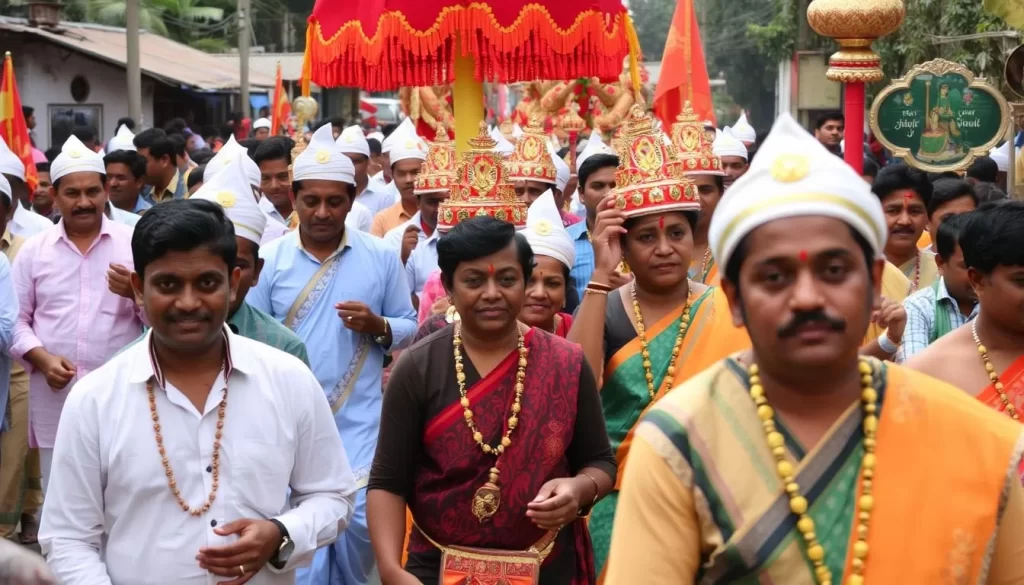
As one of Sri Lanka’s most revered festivals, the Kataragama Festival attracts pilgrims and visitors from various faiths. Held annually in the remote southern town of Kataragama, this predominantly Hindu festival takes place over two weeks in July or August.
Multi-faith Pilgrimage and Rituals
The festival is characterized by its unique multi-faith nature, drawing devotees from Buddhism, Hinduism, Islam, and the indigenous Vedda community. Pilgrims gather to fulfill vows, seek guidance, and participate in dramatic rituals such as fire-walking and body piercing.
The Sacred Town of Kataragama
Kataragama is a sacred site associated with the deity Kataragama (Skanda/Murugan). The town’s sacred precinct is remarkable for its proximity of Hindu kovils, Buddhist temples, and Muslim mosques, reflecting the festival’s inclusive spirit. Visitors can witness nightly processions (peraheras) featuring sacred objects carried on elephants, accompanied by dancers and musicians.
Navam Perahera – February

If you’re visiting Sri Lanka in February, the Navam Perahera festival is an event that promises to leave you mesmerized. Celebrated on the full moon day, this festival has a relatively recent origin, dating back to 1979 when it was first organized by Colombo’s Gangaramaya Temple.
The Colombo Procession
The Navam Perahera is a two-day procession that has grown into one of Colombo’s most spectacular cultural events. The procession features over 50 decorated elephants, traditional dancers from various regions of Sri Lanka, drummers, fire dancers, and stilt walkers, creating a vibrant atmosphere.
Cultural Performances to Watch
The procession showcases different styles of traditional dance, including Kandyan, Low Country, and Sabaragamuwa traditions. You can witness the best of Sri Lankan culture, with performances that highlight the country’s rich heritage. The festival is easily accessible for international visitors, taking place in the capital city and organized with tourists in mind.
Sri Lanka: Top Festivals to Check Out When Visiting Throughout the Year
Throughout the year, Sri Lanka hosts a diverse array of festivals that showcase its rich cultural heritage. With so many celebrations happening, visitors can experience the vibrant cultural tapestry of the island.
You can plan your trip around specific festivals depending on your interests. For instance, if you’re interested in Buddhist or Hindu festivals, you might want to visit during the Vesak Poya in May or Kataragama Festival in July/August.
| Month | Festival | Description |
|---|---|---|
| January | Duruthu Perahera | Celebrates Buddha’s first visit to Sri Lanka |
| April | Sinhala and Tamil New Year | Traditional New Year celebrations |
| May | Vesak Poya | Commemorates the birth, enlightenment, and death of Buddha |
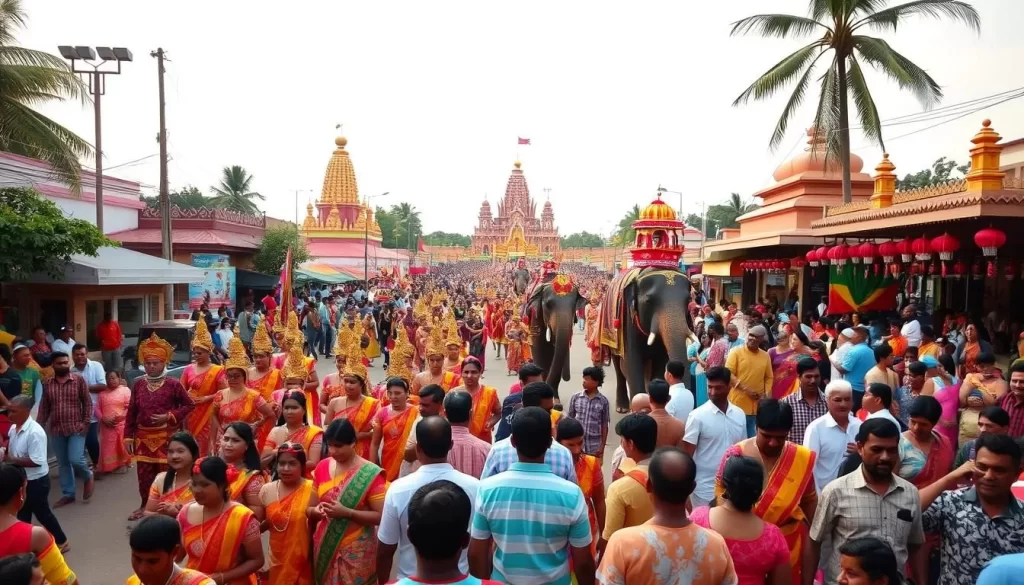
Even short-term visitors can experience some form of cultural celebration, thanks to the frequency of events throughout the year. Whether you’re interested in cultural performances or religious rituals, Sri Lanka has something to offer at any time.
Vel Festival – July/August
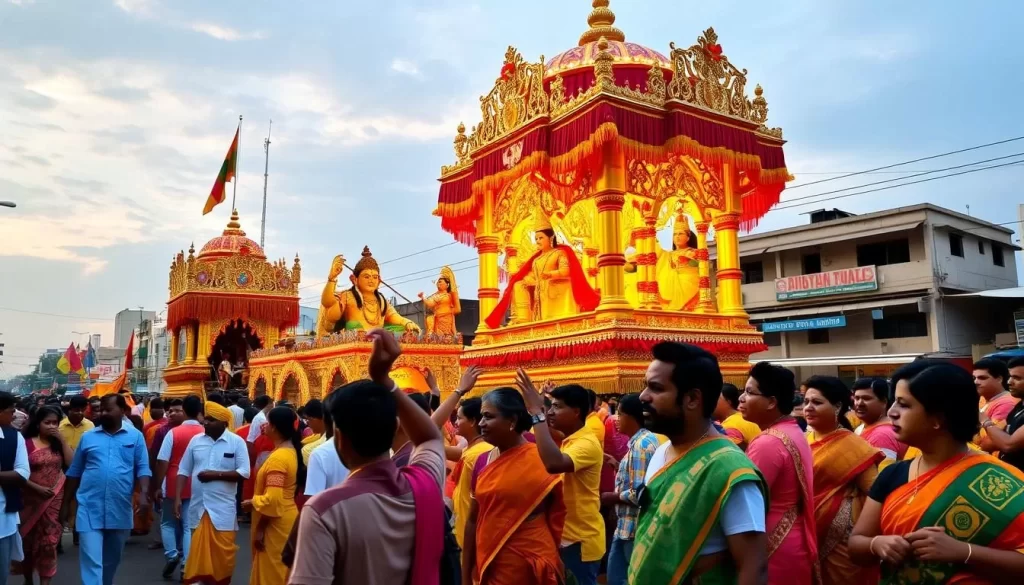
As you experience the Vel Festival in Colombo, you’re immersed in a kaleidoscope of colors and spiritual fervor. This significant Hindu festival, dedicated to Lord Murugan, or Skanda, the war god, is a reflection of Sri Lanka’s rich cultural heritage. The festival commemorates Skanda’s victory over evil forces and venerates his trident, or vel.
The festival’s highlight is the procession of the deity’s vel in an ornate chariot, pulled by devotees through Colombo’s streets, accompanied by rhythmic drums, devotional songs, and incense.
The War God’s Chariot Procession
The chariot procession is a central feature of the Vel Festival, where the vel is installed in an ornate chariot after purification rituals. Devotees pull the chariot through Colombo’s streets, from the Sea Street Temple in Pettah to either Bambalapitiya or Wellawatta temples and back, in a full-day event.
The procession is a sensory experience, with decorated elephants, performers, and the devotional practices of participants adding to the spectacle.
Hindu Traditions and Celebrations
The Vel Festival is a vibrant expression of the Sri Lankan Tamil Hindu community’s cultural identity and religious traditions. It reflects their heritage through various devotional practices, cultural performances, and the ceremonial procession.
The festival is a unique opportunity to witness the community’s traditions and celebrations firsthand, experiencing the rich cultural tapestry of Sri Lanka.
Ramazan and Eid Celebrations
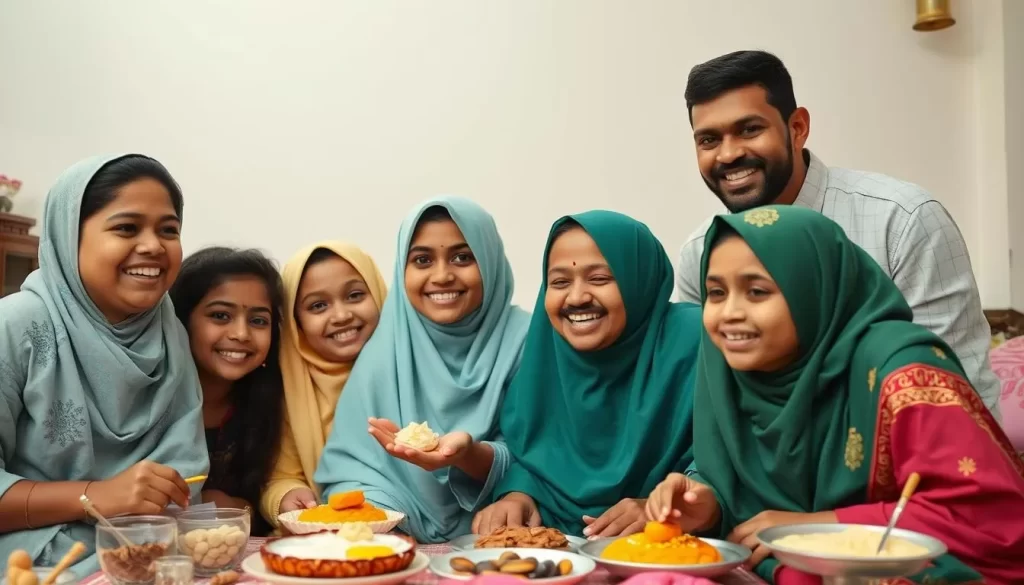
The Islamic holy month of Ramazan and the subsequent Eid celebrations offer a unique glimpse into Sri Lanka’s rich cultural diversity. For Sri Lanka’s Muslim community, which makes up about 10% of the population, Ramazan is a period of fasting, reflection, and spiritual growth.
Islamic Traditions in Sri Lanka
Sri Lankan Islamic traditions blend Arab influences with local cultural elements, creating a distinct flavor of celebrations. During Ramazan, Muslims fast from dawn till dusk, engaging in increased prayer and charitable giving over the 29-30 day period.
Participating in Eid Festivities
As a visitor, you can experience the vibrant Eid al-Fitr celebrations by visiting areas with significant Muslim populations, such as Colombo’s Pettah district, Galle, Kandy, and east coast towns like Kattankudy. If invited, you can participate respectfully by dressing modestly and following local etiquette, allowing you to be a part of the joyous family gatherings and elaborate meals that mark the end of Ramazan.
Christmas in Sri Lanka – December
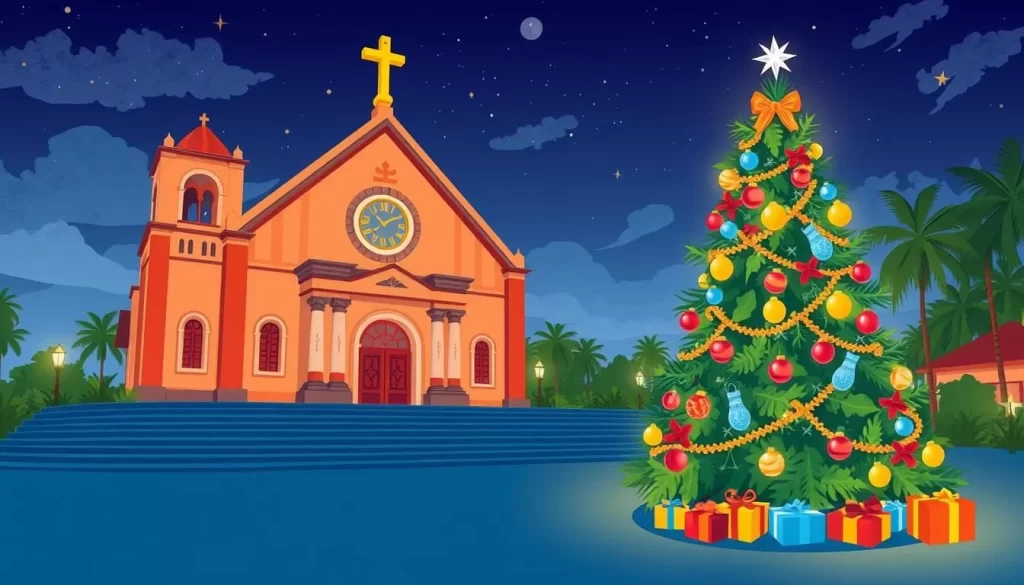
As you explore Sri Lanka during the holiday season, you’ll discover a unique Christmas celebration that blends local culture with Western traditions. Christmas is enthusiastically celebrated by the Christian community, and increasingly, it’s becoming a secular holiday embraced by people of other faiths.
A Tropical Christmas Experience
The Christmas celebration in Sri Lanka offers a tropical twist, with palm trees swaying in the breeze instead of pine trees. You can experience the warmth of the season with festive markets popping up in cities, and beautifully decorated churches.
Christian Communities and Celebrations
The Christian community in Sri Lanka comes together to mark the occasion with Midnight Mass, nativity scenes, and carol services. You can witness the fusion of Western and Sri Lankan elements in Christmas celebrations, including local foods alongside traditional Christmas fare.
Galle Literary Festival – February
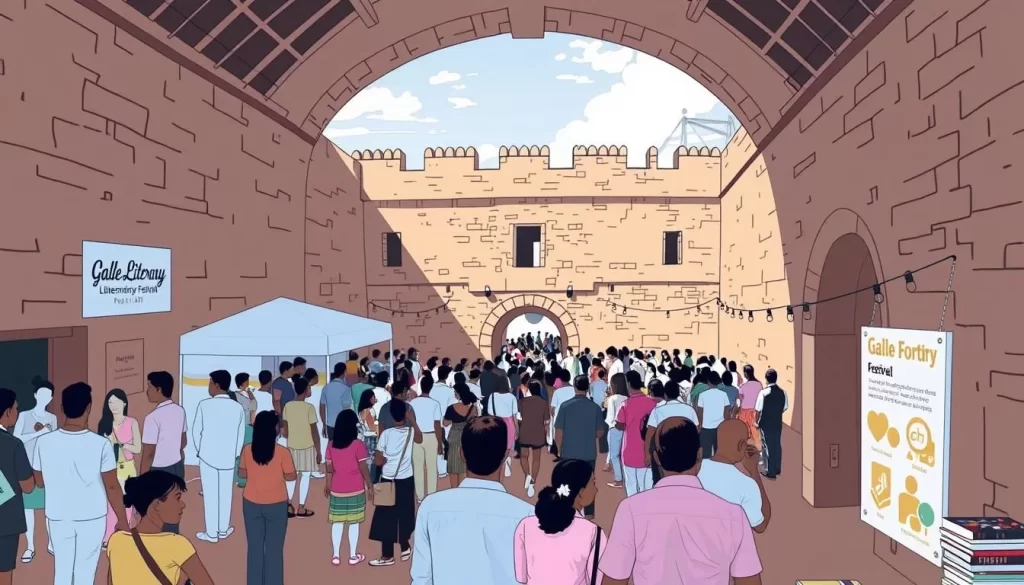
Every year, the historic city of Galle transforms into a hub of literary activity with the Galle Literary Festival. This festival is a celebration of literature, art, and culture that attracts visitors from around the world.
International Authors and Cultural Exchange
The Galle Literary Festival provides a platform for international authors to share their works and engage in cultural exchange with Sri Lankan literary figures. This exchange enriches the cultural landscape of the festival, making it a unique experience for attendees.
Planning Your Visit to the Festival
To make the most of your visit to the Galle Literary Festival, plan ahead by booking your accommodation early, as options tend to fill up quickly. You should also purchase your tickets in advance to ensure access to popular events and sessions with international authors.
The festival, held annually in February, is a highlight of Sri Lanka‘s cultural calendar, showcasing the country’s rich literary heritage alongside international talent. By attending, you’ll experience the best of Sri Lankan and global literature in a unique and historic setting.
Practical Tips for Festival Tourism in Sri Lanka
As you plan your trip to Sri Lanka, timing is everything, especially when it comes to experiencing the country’s vibrant festivals. With a plethora of events happening throughout the year, you can tailor your visit to witness the most spectacular festivals.
Best Times to Visit for Festival Experiences
The best time to visit Sri Lanka for festival experiences is during the months when multiple events coincide. For instance, the period between July and August is ideal, with festivals like Kandy Esala Perahera and Kataragama Festival taking place. Plan your trip during these peak festival seasons to immerse yourself in the rich cultural heritage of Sri Lanka.
Transportation and Accommodation During Festivals
During major festivals, it’s crucial to plan your transportation and accommodation in advance. For events like Kandy Esala Perahera, booking a pre-arranged car can help navigate the crowds and parking challenges. Many hotels and guesthouses also offer special viewing areas, making it essential to secure your accommodation early to avoid last-minute hassles.
| Festival | Best Time to Visit | Transportation Tips |
|---|---|---|
| Kandy Esala Perahera | July/August | Pre-booked car recommended |
| Vesak Poya | May | Public transport may be limited |
| Kataragama Festival | July/August | Plan for early arrival |
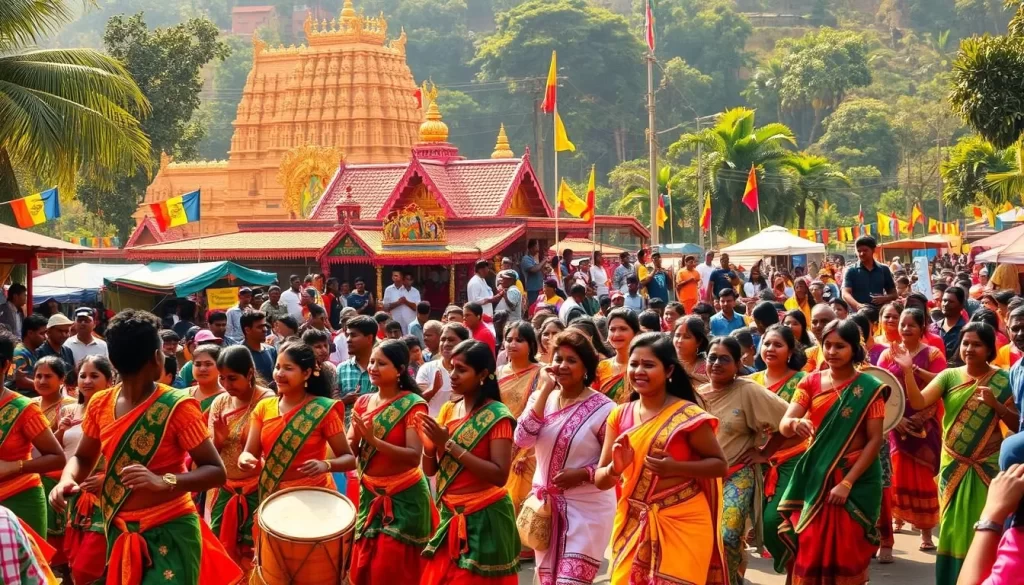
Conclusion
Sri Lanka’s festivals are a kaleidoscope of cultural experiences, providing an enriching journey for travelers seeking authentic interactions. As you explore the diverse festivals in Sri Lanka, you’ll discover the country’s rich cultural heritage and gain a deeper understanding of its traditions and values.
The year-round celebrations offer a unique opportunity to experience the harmonious coexistence of different religious and ethnic communities. By participating in a festival in Sri, you’ll foster cross-cultural understanding and create lasting memories. Whether you’re visiting during the Sri Lankan New Year or other significant events, the festivals of Sri Lanka will leave a lasting impression on your journey.
The above is subject to change.
Check back often to TRAVEL.COM for the latest travel tips and deals.
